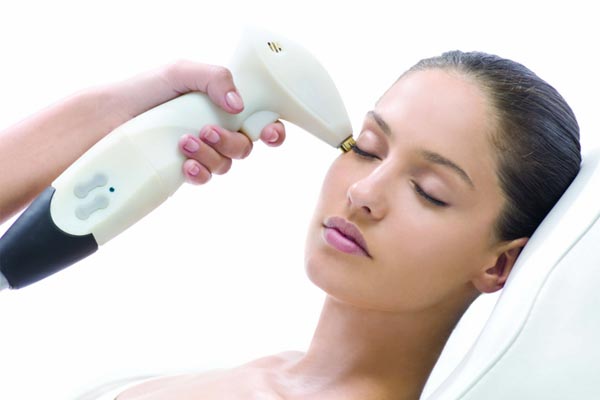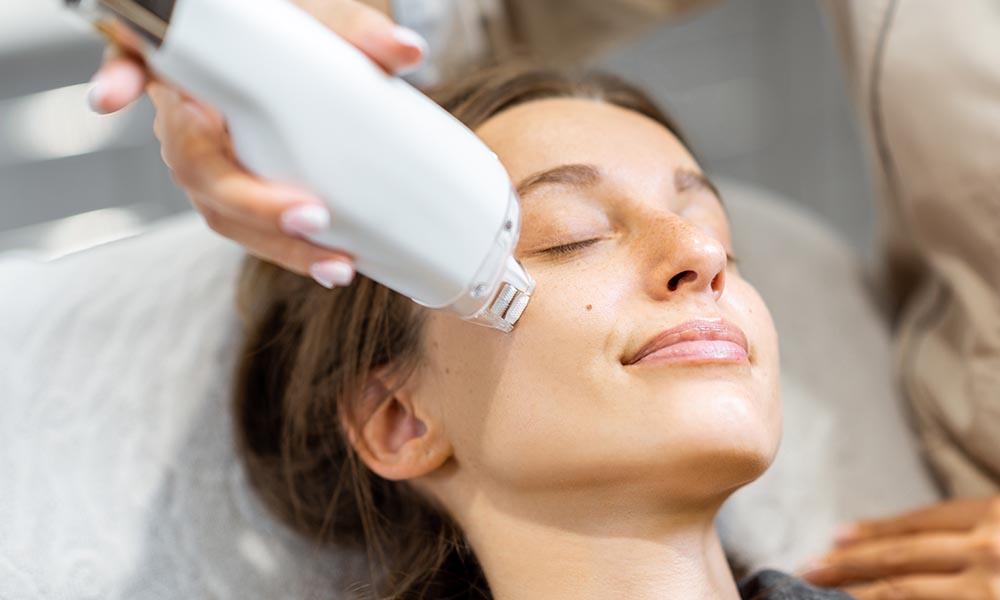Cosmetic procedures have become increasingly popular over the years, offering individuals the opportunity to enhance their appearance and boost self-confidence. From non-invasive treatments like Botox and chemical peels to advanced therapies such as laser resurfacing and exosome treatments, there’s a wide range of options available. However, as with any medical intervention, cosmetic procedures carry potential risks. Prioritizing safety is essential to achieve the desired results while minimizing complications. This article outlines key safety considerations to keep in mind before undergoing any cosmetic procedure.
Understanding the Importance of Safety in Cosmetic Procedures
Cosmetic treatments, whether surgical or non-surgical, involve manipulating the body’s natural structure. While many procedures are considered low-risk, complications can arise if proper safety protocols aren’t followed. The goal is not only to achieve aesthetic improvements but to ensure the process is safe, effective, and tailored to individual health conditions.
Neglecting safety can lead to adverse effects such as infections, scarring, allergic reactions, or unsatisfactory results. By understanding the potential risks and making informed decisions, individuals can significantly reduce the chances of complications.
Key Safety Considerations Before Undergoing Cosmetic Procedures
1. Choosing a Qualified Practitioner
Selecting a skilled, certified professional is the most critical step in ensuring safety during any cosmetic procedure. Look for practitioners who are:
- Board-Certified: Ensure the provider is certified in dermatology, plastic surgery, or aesthetic medicine.
- Experienced: The practitioner should have substantial experience with the specific procedure you’re considering.
- Reputable: Check patient reviews, before-and-after photos, and seek recommendations to assess the practitioner’s track record.
Practices like those offering Clinique Anti Aging exosomes treatments often emphasize the importance of professional expertise, ensuring that advanced procedures are performed by trained specialists in controlled environments.
2. Comprehensive Consultation
A thorough consultation with your practitioner is essential to discuss your goals, medical history, and potential risks. During this session, the provider should:
- Review Medical History: Disclose any health conditions, medications, allergies, or previous cosmetic procedures to identify potential risks.
- Set Realistic Expectations: Understand what the procedure can and cannot achieve, reducing the likelihood of dissatisfaction.
- Explain Risks and Benefits: Learn about possible side effects, complications, and the recovery process.
Clear communication helps align expectations and ensures that the chosen procedure is suitable for your health status.

3. Understanding the Procedure
Before proceeding, educate yourself about the treatment:
- Procedure Details: Understand how the treatment works, what it targets, and the technology involved.
- Expected Outcomes: Know what results to expect and the timeline for visible improvements.
- Potential Side Effects: Be aware of common side effects such as redness, swelling, bruising, and rare risks like infections or scarring.
Being informed helps you make confident decisions and prepares you for the recovery process.
4. Pre-Treatment Precautions
Following pre-treatment guidelines can minimize the risk of complications:
- Avoid Certain Medications: Blood thinners, aspirin, and anti-inflammatory drugs can increase the risk of bruising and should be avoided if recommended by your doctor.
- No Alcohol or Smoking: These can impair healing and increase the likelihood of complications.
- Stay Hydrated and Nourished: Good overall health supports better recovery.
Adhering to pre-treatment instructions ensures your body is in the best condition to handle the procedure.
5. Hygiene and Sterility Standards
Maintaining a sterile environment is crucial to prevent infections. Ensure that:
- The Clinic is Clean: The facility should follow strict hygiene protocols.
- Sterile Equipment is Used: Instruments should be properly sterilized, and disposable tools should be used where applicable.
- Practitioner Wears Protective Gear: Gloves, masks, and other protective equipment are standard during procedures.
A clean, controlled environment significantly reduces the risk of post-procedure infections.
6. Post-Treatment Care
Proper aftercare is essential for safe recovery and optimal results:
- Follow Aftercare Instructions: Use prescribed products, avoid sun exposure, and refrain from activities that could irritate the treated area.
- Monitor for Complications: Watch for signs of infection, excessive swelling, or unusual reactions. Seek medical attention if necessary.
- Attend Follow-Up Appointments: Regular check-ups allow your practitioner to monitor healing and address any concerns promptly.
Neglecting post-treatment care can delay healing and affect the final outcome.
7. Understanding Potential Risks
Every cosmetic procedure carries some risk. Common complications include:
- Infection: Redness, warmth, swelling, and discharge at the treatment site may indicate an infection.
- Scarring: Although rare, improper healing can lead to scarring, especially with invasive procedures.
- Allergic Reactions: Some people may react to anesthesia, fillers, or topical products.
- Unsatisfactory Results: Even with expert care, results may not meet expectations, emphasizing the importance of realistic goals.
Being aware of these risks helps you weigh the benefits against potential complications.
8. Recognizing When to Avoid Procedures
Certain conditions may increase the risk of complications, including:
- Pregnancy or Breastfeeding: Many cosmetic treatments are not recommended during these periods due to potential risks.
- Active Skin Infections: Conditions like cold sores, acne flare-ups, or open wounds should be treated before cosmetic procedures.
- Chronic Health Conditions: Diabetes, heart disease, or autoimmune disorders may affect healing and require special precautions.
Consult with your healthcare provider if you have any medical conditions that could impact the procedure’s safety.
The Role of Advanced Technologies in Safety
Innovations in aesthetic medicine have introduced safer, more effective treatments. For instance, Clinique Anti Aging exosomes treatments utilize cutting-edge exosome technology to promote skin regeneration with minimal risks. Exosomes support cell-to-cell communication, enhancing the skin’s natural healing process and reducing inflammation. Such advancements offer non-invasive options with shorter recovery times and fewer complications compared to traditional methods.
However, even the most advanced technologies require skilled application. The expertise of the practitioner remains the cornerstone of a safe cosmetic experience.
Final Thoughts
Cosmetic procedures can offer transformative results, boosting self-esteem and enhancing natural beauty. However, prioritizing safety is essential to achieving these benefits without unnecessary risks. From selecting a qualified practitioner and understanding the procedure to following pre- and post-treatment care, each step plays a role in ensuring a positive outcome.
By staying informed, asking the right questions, and choosing reputable clinics that offer advanced treatments like Clinique Anti Aging exosomes treatments, you can confidently pursue your aesthetic goals with peace of mind. Remember, when it comes to cosmetic procedures, safety is the foundation of beauty.

